
Healthy eating
We all know the benefits of eating blueberries, salmon and other “super foods.” But what about other healthy, low-cost choices we don’t hear about often-nutritional powerhouses such as black beans, red cabbage and the humble wheat berry? We spoke to Gina Sunderland, a registered dietitian in Winnipeg, and Food Network chef Anna Olson, host of Fresh with Anna Olson, to get better acquainted with some of nature’s under-appreciated treasures.

Healthy eating
We all know the benefits of eating blueberries, salmon and other “super foods.” But what about other healthy, low-cost choices we don’t hear about often-nutritional powerhouses such as black beans, red cabbage and the humble wheat berry? We spoke to Gina Sunderland, a registered dietitian in Winnipeg, and Food Network chef Anna Olson, host of Fresh with Anna Olson, to get better acquainted with some of nature’s under-appreciated treasures.
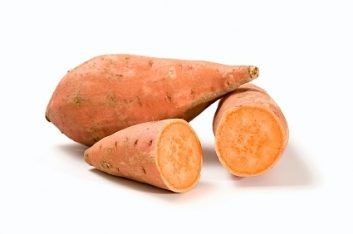
Sweet potatoes
Why they’re great: Sweet potatoes (which, despite their name, are related to the morning glory rather than the potato), are stuffed with fibre, phytonutrients and antioxidants, such as beta carotene and vitamin E. The Mayo Clinic reports that they may help lower the risk of some cancers. Sweet potatoes are low-glycemic, so they provide energy for longer than regular spuds.
Ways to serve: Cut them into strips and bake them to make “fries,” mash them or try Olson’s recipe: “I roast the sweet potato with olive oil, salt and pepper, and right after it comes out of the oven, I squeeze in lime juice, which contrasts with the potato beautifully. Then I garnish with toasted pumpkin seeds.”
Recipe to try:
• Orange-Maple Sweet Potatoes
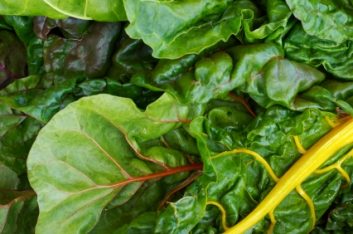
Swiss chard
Why it’s great: Swiss chard is a great source of chlorophyll, phytonutrients that may help prevent cancer, and it’s incredibly high in an antioxidant called lutein. “Lutein plays an important role in preventing age-related macular degeneration…the leading cause of blindness in older Canadian adults,” says Sunderland. Next time you shop, skip the pricey, packaged salad greens and reach for an abundant bunch of chard.
Ways to serve: “When I buy market-fresh chard, I like to keep it simple,” says Olson. She separates the stems and leaves, then sautés the stems with chopped shallots and a touch of oil or butter. She adds a splash of water to make the stems tender, then adds the leaves to barely wilt them.
Recipes to try (substitute chard for the spinach):
• Chicken and Spinach Roulades
• Millet with Spinach and Pine Nuts
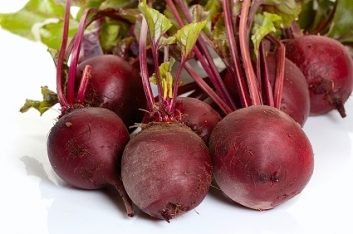
Beets
Why they’re great: Like red cabbage, beets get their brilliant colour from disease-fighting anthocyanins. Beets are also bursting with vitamin C, which boosts immune function and protects against cataracts.
Ways to serve: You can boil or roast them. Olson enjoys cooked, sliced beets with grapefruit segments and grated Parmesan cheese. “It’s so fulfilling because you’ve got sweetness with the beets, acidity and bitterness with the grapefuit, and the salt of the cheese, and the three together are just divine,” she says.
Recipes to try:
• Three-Vegetable Mash
• Vegetable Chips with Spicy Peanut Dip
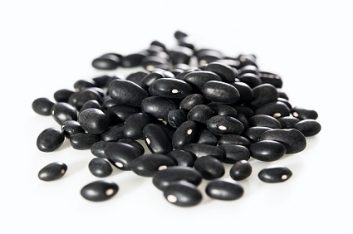
Black beans
Why they’re great: “Beans are almost a perfect food: they have a phenomenal balance between complex carbs and protein,” says Sunderland. They’re also low-glycemic and high in soluble fibre, which helps lower cholesterol and protects our hearts, and [rich in] the B vitamin thiamin, which helps the body convert carbs to meet our energy needs.
Ways to serve: Add black beans to a wheat berry salad with garlic, ginger and fresh coriander, and either chopped fresh tomato or roasted red pepper, suggests Olson. Try them in soups or burritos, also, or puree them to make a dip.
Recipes to try:
• Hot and Spicy Black Bean Dip
• Boston Baked Beans
• Rotelle with Black Beans and Tomatoes
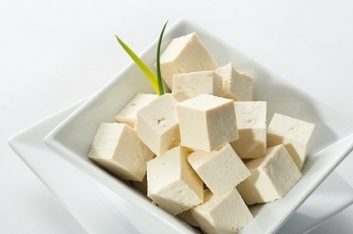
Tofu
Why it’s great: Tofu is low in fat and high in protein and isoflavones, which studies show can help protect against hormone-dependent cancers, such as breast cancer and prostate cancer. Some studies indicate isoflavones can also help reduce symptoms of menopause. “Soy is the only plant-based protein that contains the full complement of 21 amino acids, so it can actually replace meat in a diet,” says Sunderland.
Ways to serve: Tofu, available in soft, medium and firm varieties, is bland by itself, but readily absorbs other flavours. Blend soft tofu into smoothies or stir-fry firmer varieties with vegetables. For stylish entertaining, Olson suggests sesame-crusted tofu skewers with walnut pesto. Marinate skewered tofu in garlic, soy sauce and rice vinegar, brush with egg white and sesame seeds and bake for five minutes on each side. Serve with toasted walnuts blended with Thai basil, parsley, salt, garlic, ginger, orange zest and olive oil.
Recipe to try:
• Fried Rice with Tofu and Vegetables
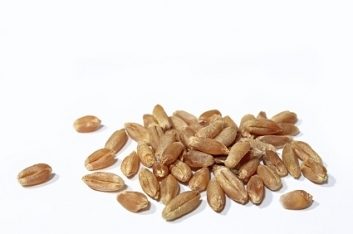
Wheat berries
Found at health-food stores (look in the bulk section).
Why they’re great: Wheat berries are simply whole wheat kernels. “The fibre, vitamins, minerals and hundreds of phytonutrients, including antioxidants, found in whole grains appear to work together in powerful ways to help reduce the risk of heart disease, certain cancers and diabetes,” explains Sunderland.
Ways to serve: Wheat berries must be soaked for eight hours, then cooked for one hour. “Wheat berries are awesome,” says Olson. “I use them as I would couscous or pasta in summer salads.” She suggests grilling vegetables and tossing them with cooked wheat berries and fresh herbs.
Recipe to try:
• Millet with Spinach and Pine Nuts (substitute wheat berries for the millet)
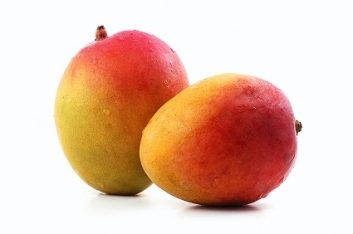
Mangoes
Why they’re great: Mangoes are high in beta carotene, which gives the fruit’s flesh its distinctive colour. “Beta carotene has been shown to have a lot of health benefits such as protecting against cardiovascular disease and keeping eyes healthy,” says Sunderland. Mangoes are also loaded with immunity-boosting vitamin C, which helps us absorb another of mangoes’ benefits: iron. While this juicy fruit might seem like an indulgence, it’s easier on the budget than blueberries and pomegranates.
Ways to serve: Mangoes are terrific in smoothies and fruit salads. Olson suggests tossing chopped mango into a rice noodle salad with asparagus and wasabi dressing. (For the dressing, combine rice vinegar, a little sesame oil and wasabi powder.)
Recipes to try:
• Banana and Mango Shake
• Chicken and Mango Salad
• Mango Brulee
• Broiled Salmon with Avocado-Mango Salsa
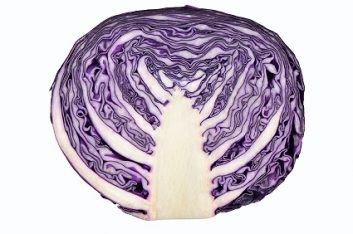
Red cabbage
Why it’s great: Red cabbage owes its vibrant hue to potent antioxidants called anthocyanins, which help prevent hardening of the arteries and possibly diabetes and neurological diseases. The Agricultural Research Service in the U.S. also reports that anthocyanins may protect against cancer and improve brain function.
Ways to serve: Olson makes a “wicked red cabbage slaw” with vinaigrette, raisins, dried cranberries and fresh apricots, then sprinkles it with candied pecans or toasted almonds. Or, add this eye-catching vegetable to soups and stews.
Recipe to try:
• Crunchy Nut Coleslaw (substitute red cabbage for the white)

Red cabbage
Why it’s great: Red cabbage owes its vibrant hue to potent antioxidants called anthocyanins, which help prevent hardening of the arteries and possibly diabetes and neurological diseases. The Agricultural Research Service in the U.S. also reports that anthocyanins may protect against cancer and improve brain function.
Ways to serve: Olson makes a “wicked red cabbage slaw” with vinaigrette, raisins, dried cranberries and fresh apricots, then sprinkles it with candied pecans or toasted almonds. Or, add this eye-catching vegetable to soups and stews.
Recipe to try:
• Crunchy Nut Coleslaw (substitute red cabbage for the white)
